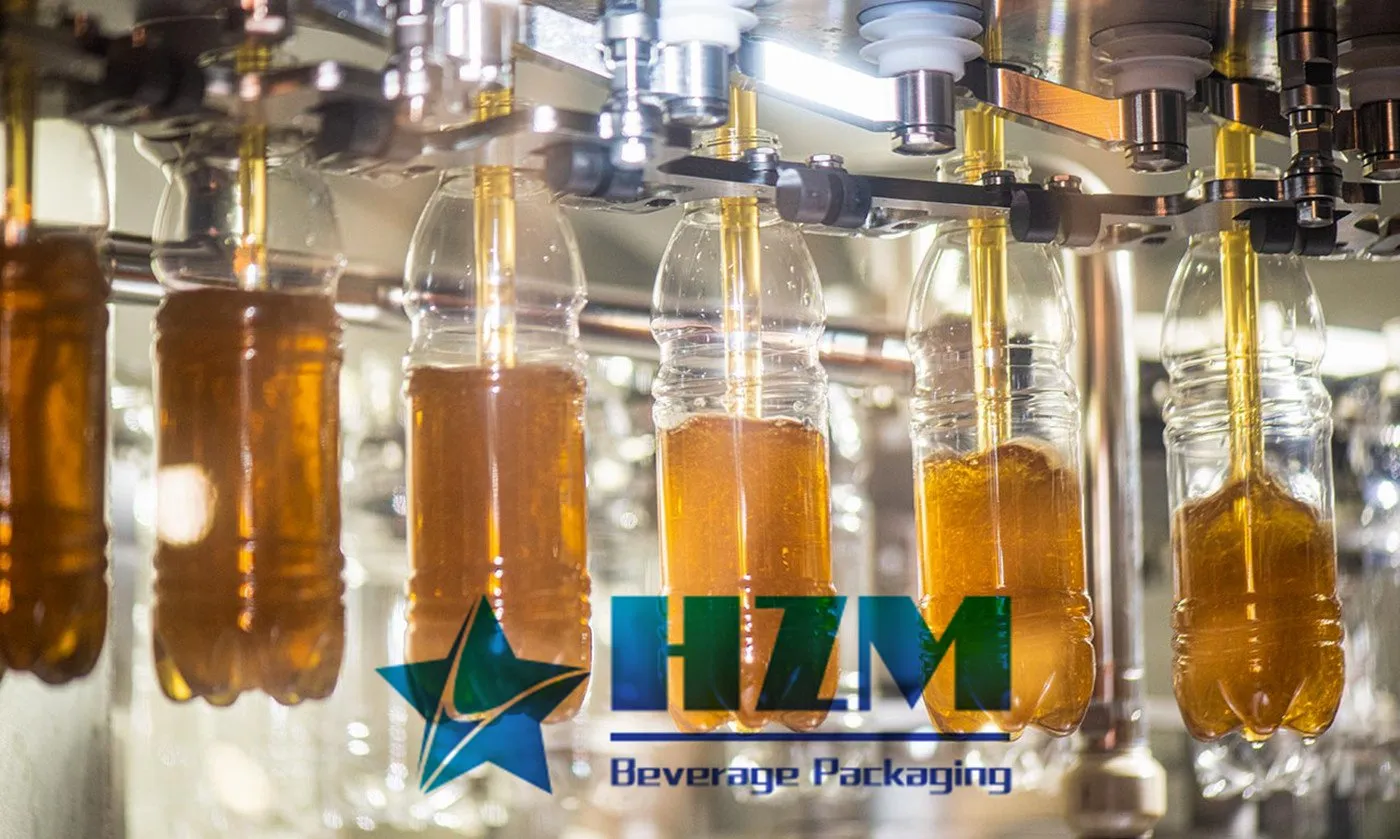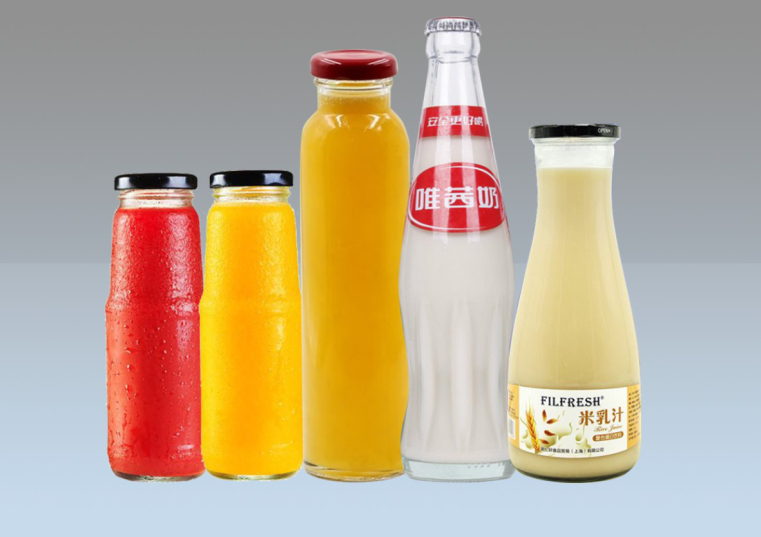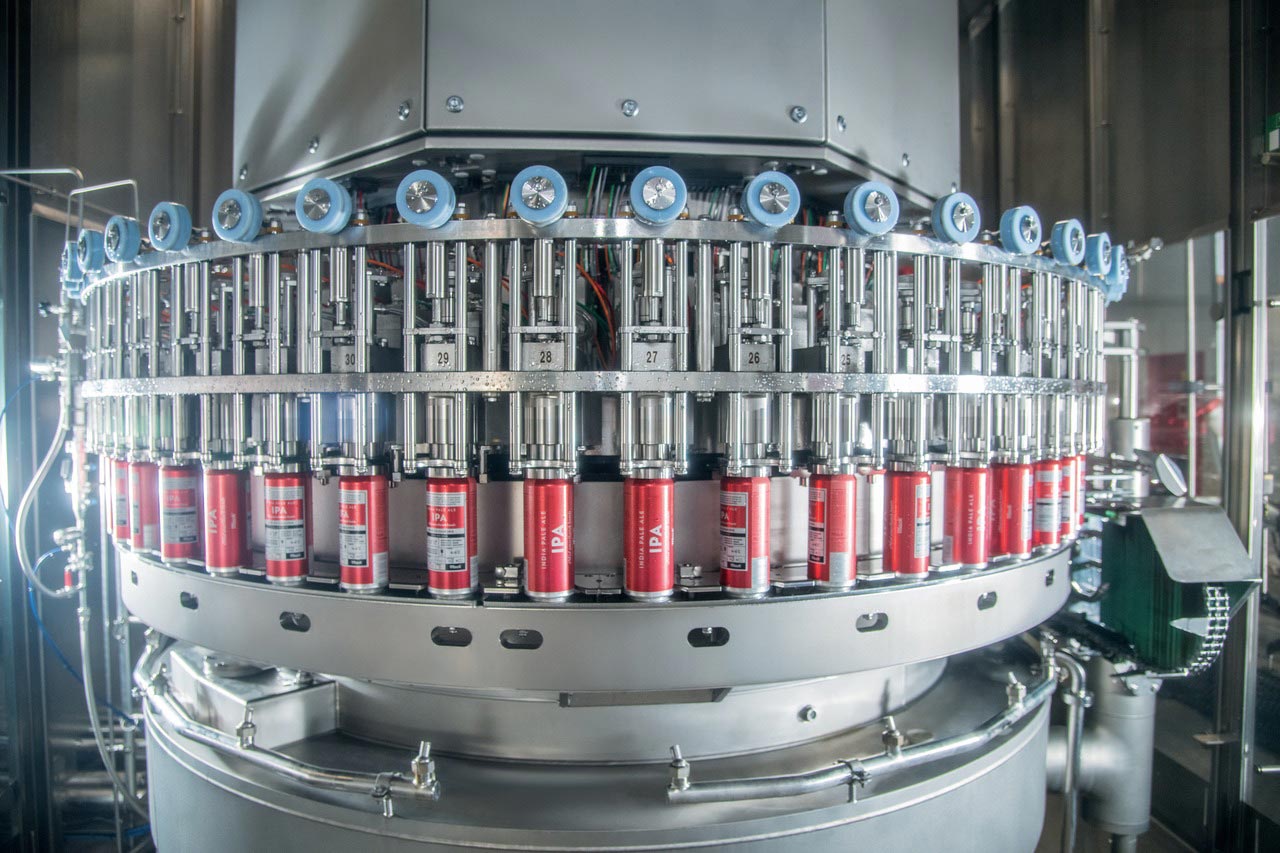Solution for Beer Packaging Automatic Production Line
1、Process Flow and Layout
(1) Process Flow of Beer Packaging Automatic Production Line
beer filling production line with a production capacity of 36,000 bottles per hour. Its main components include: unloading machine, bottle washing machine, bottle inspection machine, filling and capping machine, sterilization machine, labeling machine, packaging machine or shrink film packaging machine, etc.

Figure 1: Process flow diagram of beer packaging automatic production line
(2) Workshop Layout of Beer Packaging Automatic Production Line
① Conditions for Layout
To design the layout of the workshop, the following information is required:
· Scale and production process requirements of the production line; · Workshop building floor plan; · Beer bottle and carton specifications, equipment compatibility, and relevant information; · User requirements.
② Considerations for Layout
· The spacing between equipment should be reasonable, the site utilization should be efficient, and the layout should be compact. · The positions of operators for each machine should be concentrated in a common operation area, forming an operation center, allowing one person to operate two machines and reducing the number of operators. · Operator passages should be unobstructed, with ample space, good ventilation, lighting, and safety facilities, fully reflecting the people-oriented management philosophy. · The conveying system should have sufficient buffer time and storage capacity to ensure smooth transportation of bottles. · There should be space for storing empty boxes and wooden pallets in the workshop. · There should be a designated maintenance area within the workshop or equipment area. · Sufficient space should be reserved for future production expansion.
③ Layout Forms of Beer Packaging Automatic Production Line
It can be divided into the following two categories: straight-line layout and U-shaped layout.
U-shaped layout:
Beer packaging production line U-shaped layout
Advantages and disadvantages:
· The dirty bottle area and finished product area are separated at the two ends of the workshop, which are far apart and more in line with hygiene conditions. · The wet area and dry area are far apart, making it less likely for labeled finished products to get damp. · The workshop floor is conducive to stacking finished products, and the working environment is better. · The distance between the unloading machine and the palletizing machine is long, resulting in a longer wooden pallet conveyor line and higher investment.
Straight-line layout:
Beer packaging production line straight-line layout
Advantages and disadvantages:
· The wooden pallet conveyor line between the unloading machine and the palletizing machine is shorter, saving investment. · The unloading machine and palletizing machine are arranged at the same end of the workshop, allowing for alternating use of forklifts and increasing utilization. · The layout is more compact, with a common area in the middle that can be used for equipment maintenance. · The dirty bottle area and finished product area are at the same end of the workshop, and they are relatively close, which may lead to dust contamination of finished beer during bottle unloading.

2、Selection of Individual Machine Production Capacity
Beer production lines usually use the sterilization machine (or filling and capping machine) as the benchmark, and the production capacity of the preceding and subsequent equipment increases by 5% to 10% at each stage, as shown in Figure 2.
Figure 2: Relationship diagram of beer production line production capacity
If the sterilization machine is taken as the benchmark, it ensures that the preceding equipment provides enough bottles to the sterilization machine for it to operate at 100% capacity. It also ensures that short stops of the subsequent equipment do not affect the operation of the sterilization machine. In other words, the production capacity of the sterilization machine is the nominal production capacity of the beer packaging production line. The production capacitiesof other equipment are matched with it to achieve the optimal production efficiency of the entire beer packaging production line.
If the nominal production capacity of the sterilization machine is Q bottles/hour, then the nominal production capacities of other individual machines on the production line are as follows:
(1) Unloading machine (palletizing machine)
Taking into account factors such as damage to wooden pallets, incorrect arrangement of plastic crates, and equipment failures, the nominal production capacity of the unloading (palletizing) machine is (b is the bottle filling quantity per plastic crate).
(2) Unboxing machine (packaging machine)
Taking into account factors such as box deformation, incomplete filling or mixing of miscellaneous bottles, and equipment failures, the nominal production capacity of the unboxing (packaging) machine is (b is the bottle filling quantity per plastic crate).
(3) Bottle washing machine (labeling machine)
Taking into account factors such as equipment failures and miscellaneous bottles, the nominal production capacity of the bottle washing machine (labeling machine) is
(4) Filling and capping machine
Taking into account factors such as beer supply, bottle cap defects, and equipment failures, the nominal production capacity of the filling and capping machine is
Currently, major individual machines on the beer packaging production line, such as the filling and capping machine, labeling machine, bottle washing machine, and packaging machine, are equipped with variable frequency speed control systems. This makes it more convenient to coordinate the production capacities of each individual machine, and the selection of individual machine production capacities is also relatively easy.
- Major Equipment and Performance Parameters
The equipment composition of this beer automatic packaging production line includes unloading machine, bottle washing machine, filling and capping machine, sterilization machine, labeling machine, packaging machine, crate washer, cap conveying machine, CIP cleaning system, inkjet printer, and crate stacking machine, each with 1 unit. It is equipped with a conveying system, crate conveying system, and main electrical control cabinet, each with 1 set. It is also equipped with 2 sets of pressureless conveyance.
The performance parameters of the main equipment on the production line are shown in the table.
- Working Process
The working process of the beer packaging production line has been largely automated. The unloading machine unloads stacked empty boxes from the stack and places them on the crate conveyor, which transports them to the position of the unboxing machine. The unboxing machine takes the bottles out of the plastic crates and places them on the bottle conveyor. The bottles are then transported to the bottle washing machine's bottle inlet conveyor. The bottle washing machine's bottle inlet device carries the dirty bottles into the machine, where they undergo the washing process according to the machine's operational flow. The clean bottles are pushed onto the bottle conveyor by the bottle outlet device of the bottle washing machine. After passing through the inspection machine for quality checks, the qualified bottles are transported to the filling and capping machine. The beer is filled and capped according to the operational flow of the filling and capping machine. The filled and sealed bottles are sent to the bottle conveyor by the filling machine's bottle outlet system. The bottles then enter the sterilization machine, where they undergo the sterilization process according to the sterilization flow. After sterilization, the bottles are transferred to the bottle conveyor. Quality inspection is performed according to specific requirements. The qualified bottles are sent to the labeling machine, where labels are applied. The labeled and coded bottles are transported to the packaging machine, where they are packed into suitable boxes, completing the packaging process. Finally, the products are sent to the warehouse by the crate conveying system.
- Main Machine Structures and Process Points
(1) Unboxing/Boxing Machine
The unboxing/boxing machine is used to grab the filled beer bottles from the bottle conveyor and place them into plastic crates. It consists of bottle grabbing heads, crate conveyor, bottle conveyor, bottle arrangement device, drive system, and control system.
The basic operational flow of the unboxing/boxing machine is shown in Figure 3.
Figure 3: Basic operational flow of unboxing/boxing machine
(2) Bottle Washing Machine
The bottle washing machine is primarily used for cleaning and sanitizing recycled dirty bottles, ensuring they are free from bacteria and labels, and meet hygiene requirements. It consists of bottle inlet device, bottle outlet device, label removal device, transmission system, spray and piping system, control system, and heating device.
The basic operational flow of the bottle washing machine is shown in Figure 4.
Figure 4: Basic operational flow of bottle washing machine
(3) Sterilization Machine
The sterilization machine consists of bottle inlet device, bottle outlet device, conveyor chain net device (or slat conveyor), spray piping system, temperature control, and electrical control system.
The sterilization machine is divided into several temperature zones, with the highest temperature typically ranging from 62°C to 63°C. The bottle temperature gradually increases by strictly controlling the speed. The sterilization time is set to 10 minutes, with a total processing time of 42.6 minutes.
(4) Filling and Capping Machine
(5) Labeling Machine
(5)Quality Requirements
(1) Human-Machine System Requirements
The production line utilizes an automatic control system, significantly reducing the labor intensity of the operators. Operators mainly observe the operation of various systems and monitor the internal components and operational status of the equipment through various display systems.
The operational status of the main equipment is indicated by display devices. The control panel is equipped with various control buttons, as well as main process parameters and schematic diagrams of the operational flow, with corresponding positions highlighted for easy observation in case of equipment failure or changes in process parameters.
(2) Safety and Hygiene Requirements
The beer packaging production line equipment is made of corrosion-resistant materials. The parts in contact with the beer are made of stainless steel and food-grade rubber. Wet areas are constructedusing stainless steel, rust-resistant materials, and engineering plastics. The beer delivery pipelines are arranged as straight as possible to minimize bends and reduce resistance. The inner surface of the beer tanks is polished, and butterfly valves are used for control to minimize resistance and dead zones, preventing the breeding and reproduction of bacteria. The line is equipped with a CIP cleaning system for regular equipment cleaning, and lubricants on the bottle conveyor provide lubrication and cleaning.
In addition, to ensure the safety and hygiene requirements of the beer packaging production line, the workshop should have good sanitation, ventilation, and lighting conditions. Natural lighting combined with artificial lighting should be used, ensuring even illumination and moderate brightness. The ceiling should be treated to prevent mold and moisture, and measures should be taken to prevent mosquitoes and flies at windows and doors. Adequate drainage and wastewater disposal facilities should be in place.
(3) Operating Notes and Requirements
Operators of the production line should have a high level of safety and quality awareness. Like equipment management and other aspects, managers are expected to have solid theoretical knowledge and practical operational skills.
Regarding the requirements for operator behavior, there are five disciplines and four requirements:
Five disciplines:
(1) Implement fixed machine operation by personnel.
(2) Ensure equipment cleanliness and perform lubrication and maintenance.
(3) Follow safety operation rules and shift handover work.
(4) Manage tools and accessories properly.
(5) Immediately stop the machine and inspect if any faults are found.
Four requirements:
(1) Neatness.
(2) Cleanliness.
(3) Lubrication.
(4) Safety.
Equipment operation should strictly follow the operation instructions for each individual machine. Equipment maintenance includes regular maintenance and routine maintenance. Daily maintenance is carried out by the equipment operators, including pre-shift checks and post-shift cleaning to ensure the equipment is in good technical condition. The periodic maintenance cycle varies depending on the specific equipment.
TAG: Beer Can Filling Machine Filling Machine



-
![How to Solve the Problem that the Liquid Filling Machine is not Fill Correctly?]() How to Solve the Problem that the Liquid Filling Machine is not Fill Correctly?Mar , 24 /2023
How to Solve the Problem that the Liquid Filling Machine is not Fill Correctly?Mar , 24 /2023 -
![How to choose the right filling machine?]() How to choose the right filling machine?Apr , 19 /2023
How to choose the right filling machine?Apr , 19 /2023 -
![What should be paid attention to when purchasing food-specific filling machines?]() What should be paid attention to when purchasing food-specific filling machines?Apr , 21 /2023
What should be paid attention to when purchasing food-specific filling machines?Apr , 21 /2023 -
![Comprehensive Service Solution for Glass Bottle Beverage Filling Equipment]() Comprehensive Service Solution for Glass Bottle Beverage Filling EquipmentApr , 23 /2023
Comprehensive Service Solution for Glass Bottle Beverage Filling EquipmentApr , 23 /2023 -
![Offering Premium Bottle and Can Filling Machines with Excellent Pre-Sale, In-Sale, and After-Sale Services]() Offering Premium Bottle and Can Filling Machines with Excellent Pre-Sale, In-Sale, and After-Sale ServicesJul , 08 /2023
Offering Premium Bottle and Can Filling Machines with Excellent Pre-Sale, In-Sale, and After-Sale ServicesJul , 08 /2023 -
![Filling Machine Manufacturer – HZM Machinery’s Product Overview]() Filling Machine Manufacturer – HZM Machinery’s Product OverviewJul , 08 /2023
Filling Machine Manufacturer – HZM Machinery’s Product OverviewJul , 08 /2023 -
![CSD Beverage Can Filling Machine: Revolutionizing Carbonated Drink Production]() CSD Beverage Can Filling Machine: Revolutionizing Carbonated Drink ProductionJul , 10 /2023
CSD Beverage Can Filling Machine: Revolutionizing Carbonated Drink ProductionJul , 10 /2023 -
![Beer Bottling Machines for Sale by HZM Machinery]() Beer Bottling Machines for Sale by HZM MachinerySep , 19 /2023
Beer Bottling Machines for Sale by HZM MachinerySep , 19 /2023















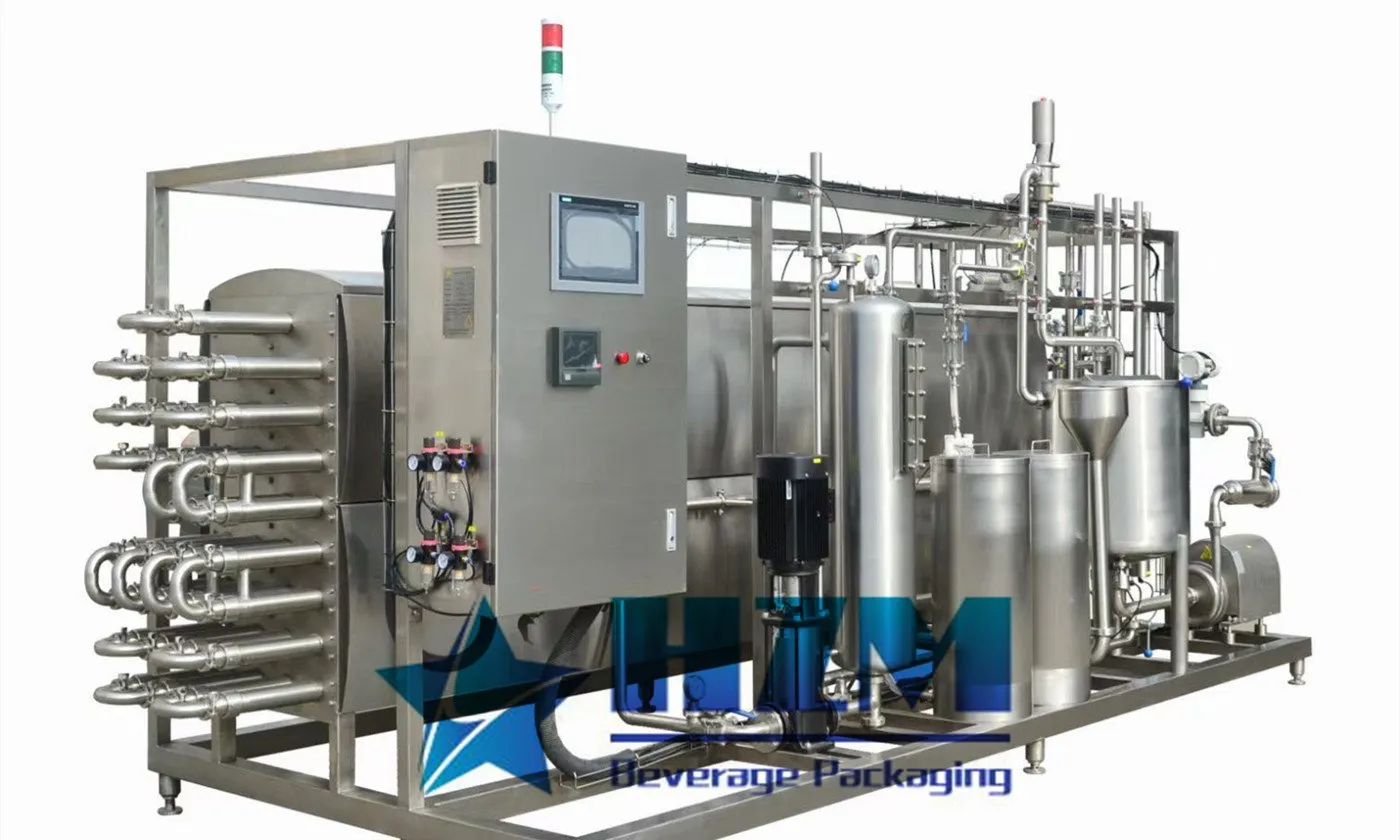





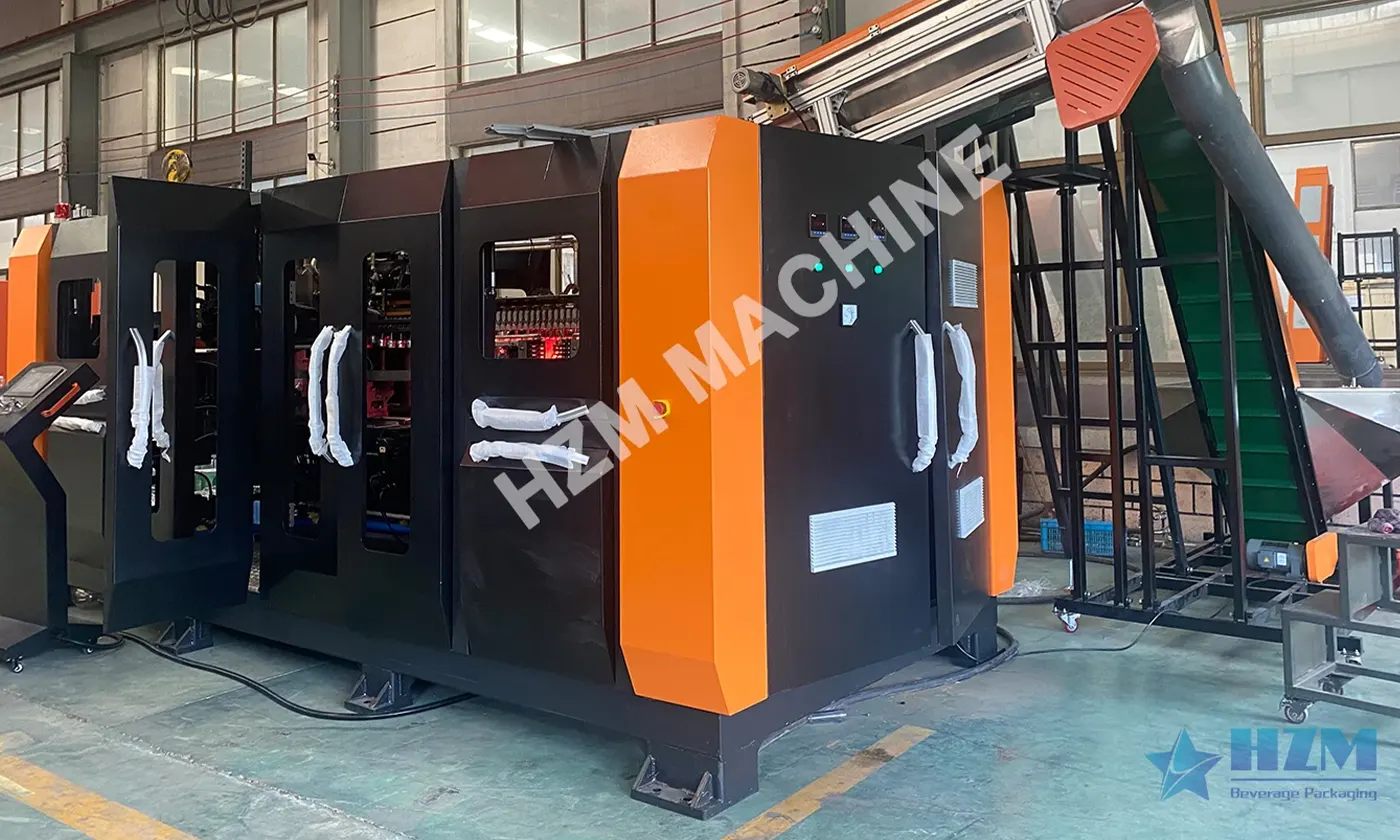








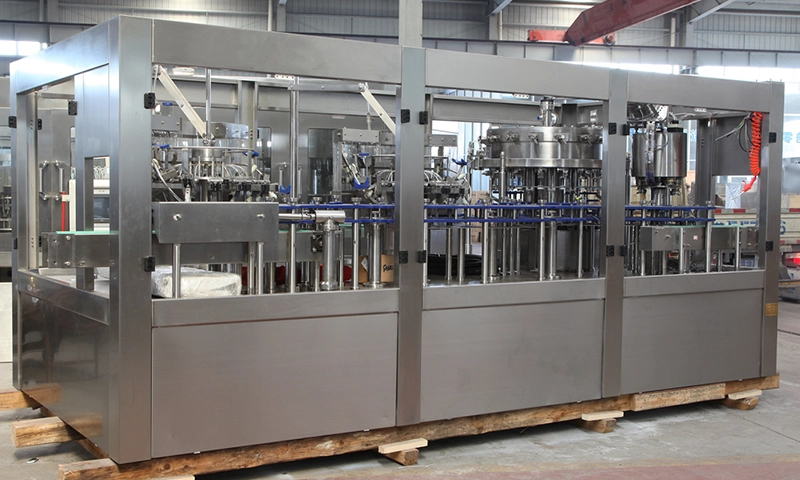
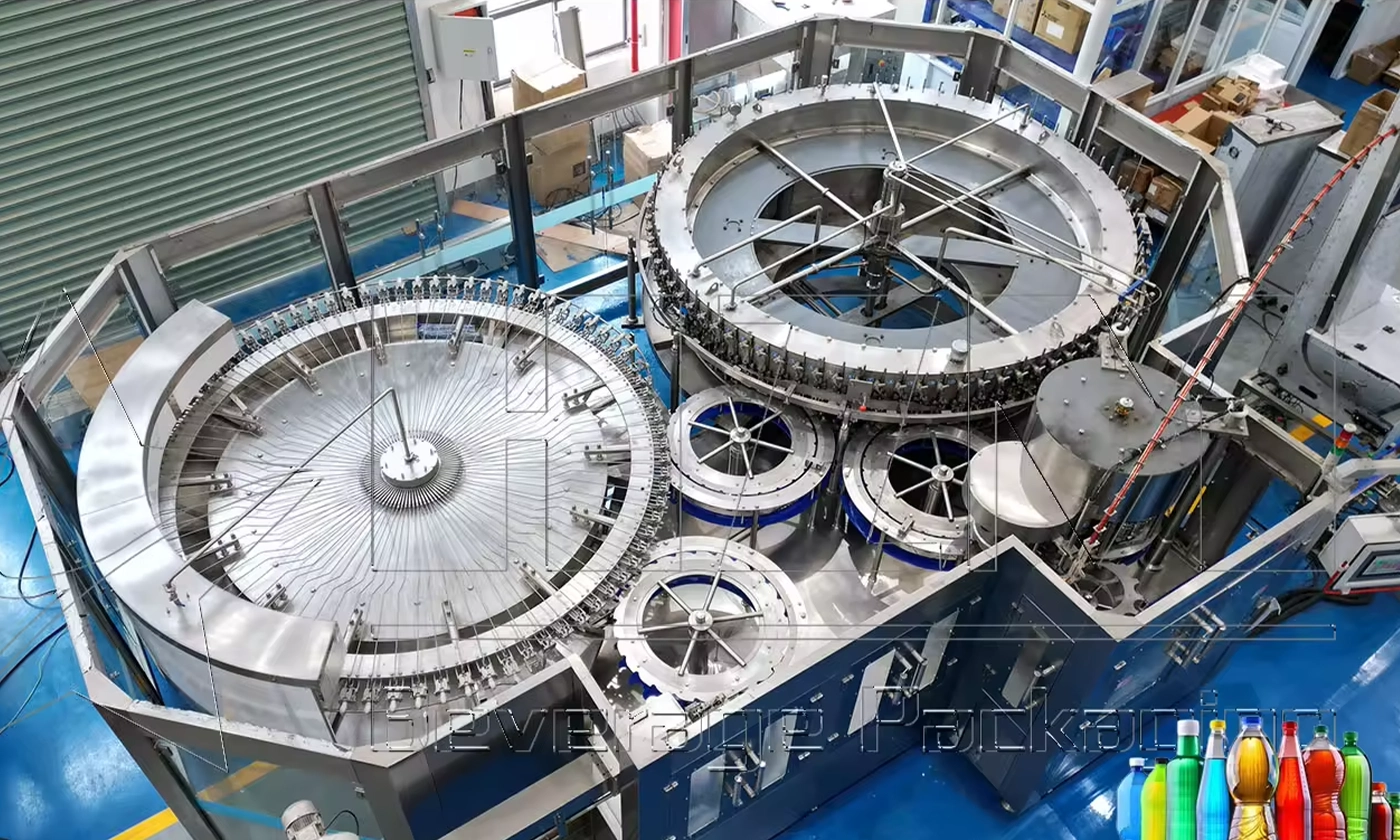








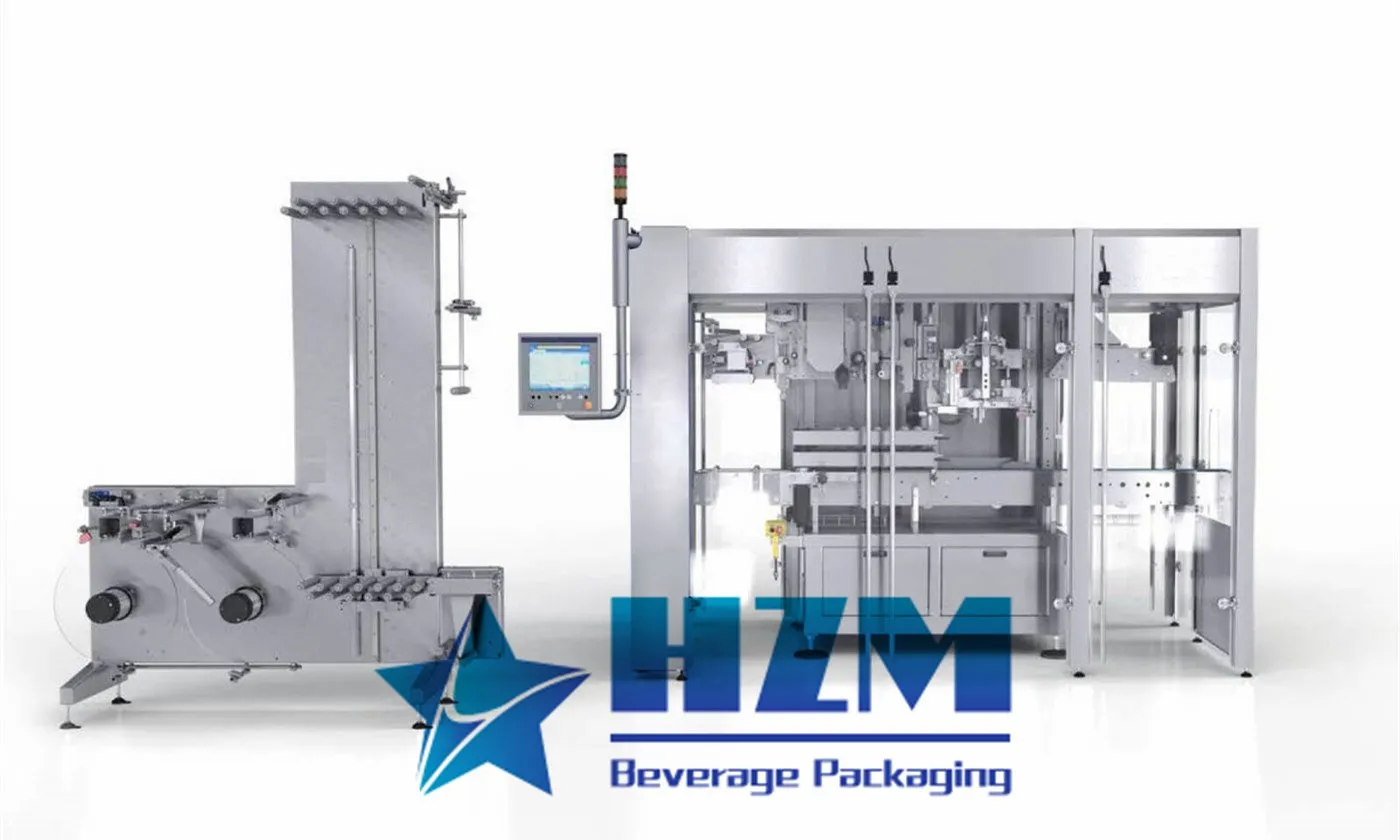










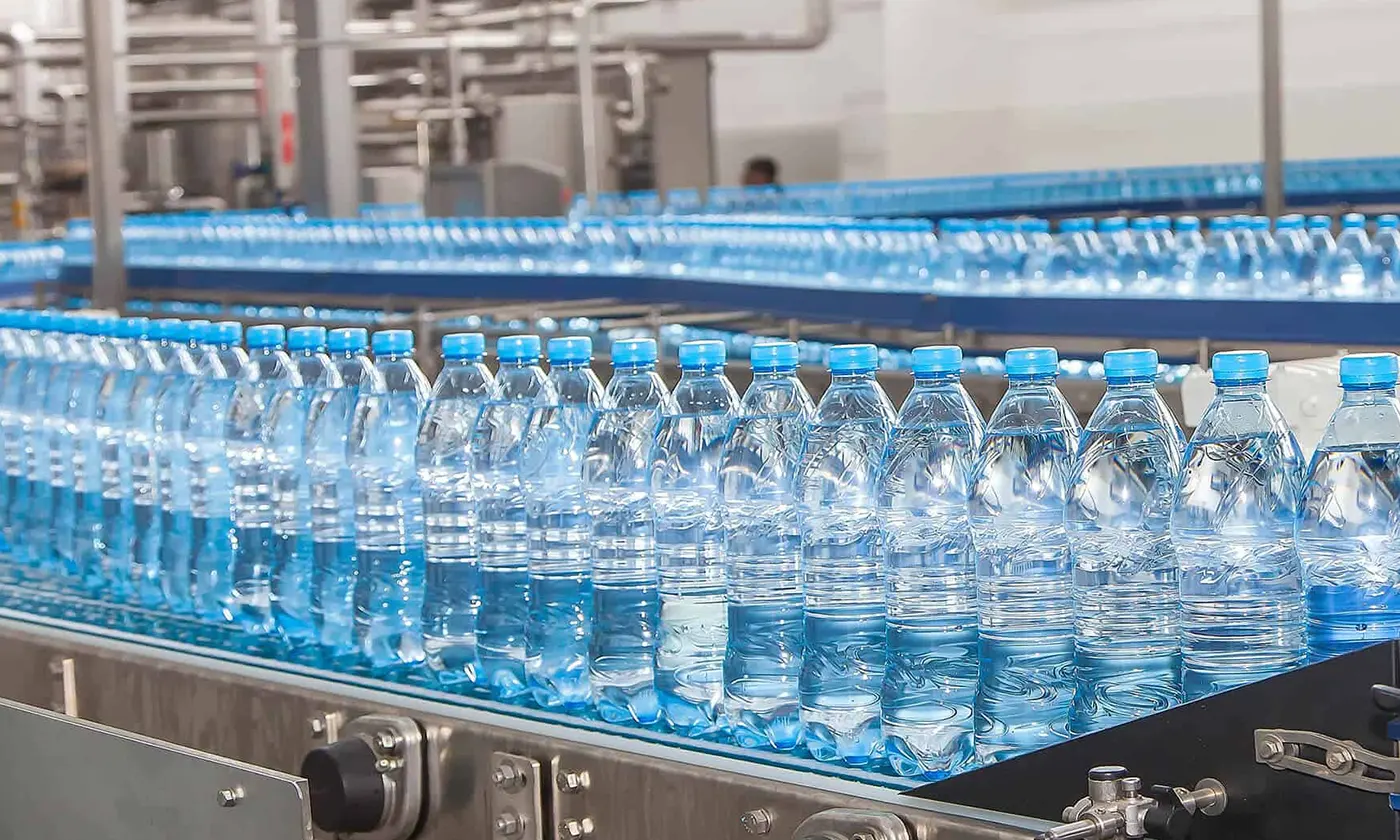




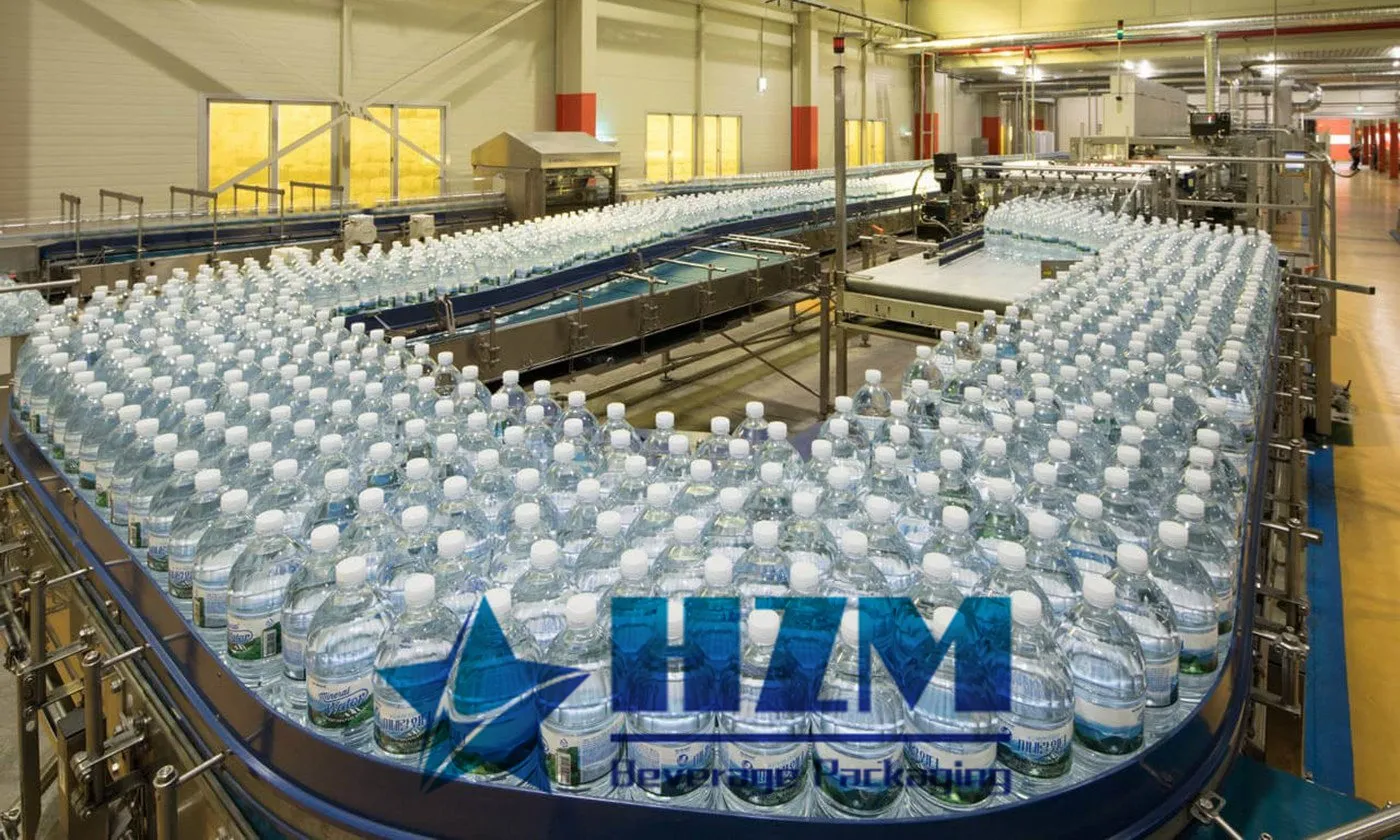
 Home /
Home / 





